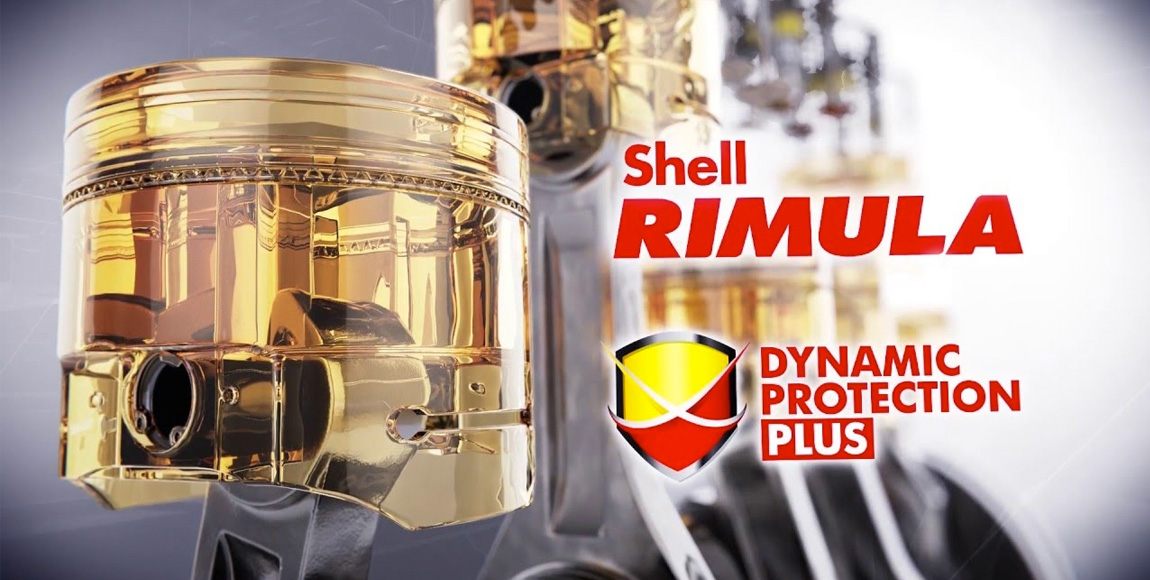Sliding freely to lower costs

Here’s a frightening statistic: the Shell Lubricants Total Cost of Ownership Survey highlights that only eight percent of transport operators believe that the correct lubricant can reduce the total cost of vehicle ownership by more than 25 percent – yet more than half have admitted that errors in lubrication have had a direct influence on vehicle breakdowns!
Moreover, one in three of these operators estimate that this unplanned downtime has cost their businesses in excess of R1 million. The link between good lubricants and a healthy vehicle – and, by extension, a healthy bank balance – is, therefore, clear.
At the recent Shell Rimula Ultimate Stopover event in Dubai, Richard Tucker, general manager of Shell B2B lubricants and supply chain technology, explained how the company aimed to prove the effectiveness of its products across a number of conditions and landscapes.
Testing took place across multiple global climates and conditions including in the United States, Europe and China. “As a predominantly European manufacturer market, South Africa would particularly benefit from the findings of the European study, which showed that the correct lubricant can have a direct correlation to greater fuel efficiency and lower emissions,” Tucker said.
Ensuring that the conditions exceeded even the specifications set by manufactures, Shell Rimula sent samples to ATP Automotive Testing grounds in Papenburg, Germany, a manufacturer-independent facility that performs tests and analysis across multiple vehicle brands and automotive equipment.
“There, Shell Rimula was put to a fuel-economy test and, by making use of six different trucks and six different lubricants, the testing team were able to perform a number of tests to showcase which lubricant sample offered superior lubricating results across all patterns of driver behaviour,” commented Frank Machatschek, Shell Europe’s product application specialist for heavy duty engine oil.
“All samples were unmarked, meaning that only after the analysis findings would the facility know which lubricant sample was used,” he added.
Ensuring that each sample was not contaminated by another, over 144 oil changes and flushing rides were performed, which involved in excess of 2 800 personal resource hours and over 20 000 litres of diesel.
Concluding the two and a half year research procedure, Shell Rimula products saw over 36 450 km of distance covered; 216 oil/truck combinations, working with 18 diesel-engine variants and over eight engine oils tested; and 1 296 fuel-economy tests.
The field trials showed that lubricant selection had a significant impact on fuel economy in real-world driving conditions. For example, compared with a market reference SAE 10W-40 oil, an SAE 5W-30 API FA-4 type oil resulted in a statistically significant fuel-economy benefit of 3,01 percent over the combined urban driving cycles.
The North American and European markets, which have more stringent emission standards, experienced results in fuel savings of up to 3,9 percent when making use of a 0W-20 lubricant as opposed to the conventional 15W-40.
“It is important to consider the durability of the parts, as the lower the viscosity, the harder it is to prevent friction in the engine. This was a key measure of the formulas that we develop,” suggested Jason Brown, Shell global technology manager, diesel engine oils research and development programme, heavy-duty engine oils.
“Shell believes that the key to an optimal lubricant should present a balance between efficiency and durability, and should allow for a low viscosity makeup, which will prolong an engine’s lifespan while allowing for extended drain intervals – all while the engine operates at higher internal pressures.”
Shell Rimula has recently achieved its first milestone by accomplishing an extended oil-drain service interval of 200 000 km, while making use of its latest API FA-4 5W-30 lubricant. More recently, the team surpassed this by recording another extended drain interval at 237 000 km.
“The results obtained from the used-oil data illustrated excellent viscosity and wear control over the extended oil-drain period, which showed a five to ten percent increase in viscosity control after the suggested drainage interval recommendation,” said Brown.
“Further, the data presented a 14-percent increase after the 237 000 km mark. As Iron is a key indicator for engine condition, the results disclosed favourable wear protection properties, with the lubricant having a ppm (parts per million) of between 67 and 85 after max original equipment manufacturer recommendations, and 111 ppm after the 237 000 km mark.
“In order to obtaine the best information possible, we ensured that the engines were torn down and closely inspected to truly understand the internal condition of the powerplant,” concluded Brown.
Published by
Focus on Transport
focusmagsa




